Back in the Darkroom
Interview with Giulio Limongelli, photographer, printer and inventor of a new technique to print digital files in the darkroom.
“I deal with Photography since 1985. I started in a workshop, my training is therefore Artisan and I care a lot to specify it.
Photography has always been an Artisan practice, from shooting to printing in Darkroom: it all began as apprenticeship, with the title of “boy”, just to become later a master in the exercise of this occupation.
My experience ranges from commissioned photography to photography based on my personal projects: I use to show mine in exhibitions each year. I showed my works in cities like Bologna, Rome, Florence, Milan, Padua, Novafeltria, London.
Obviously I personally print all my works in the darkroom. I public also in trade magazines with articles and my photographs. Moreover in my lab I do Photographic Prints, with the conventional printing process that involves exposure to light and chemical development : I print everything in the darkroom, either films and digital files. I give to other photographers my printing service both in Italy and abroad.”
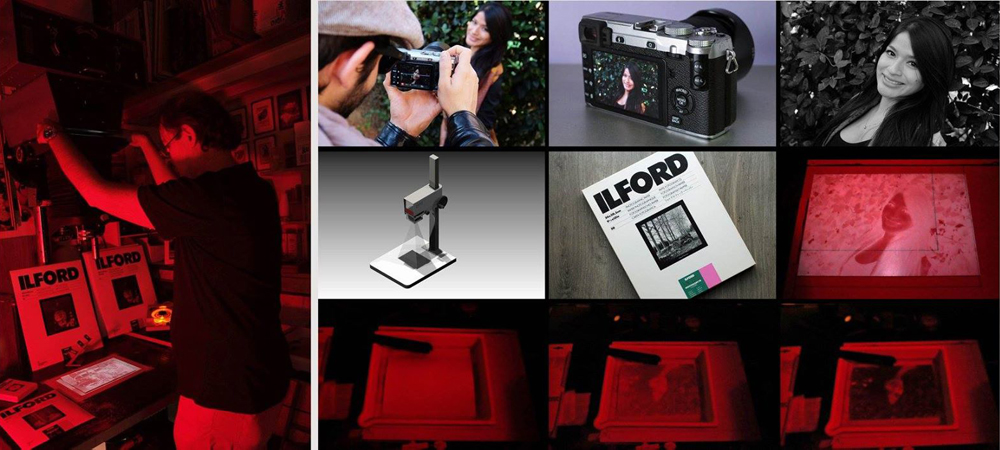
How do you call your printing technique?
I print digital files in the darkroom using a self- made digital magnifier that I called “Digingranditore”. It is a printing by straight projection through a lens, the most classic of all systems. My technique is simply called “print from digital with genuine silver gelatine paper in the Darkroom”. Before digital cameras it was called simply photografic printing, today I realize many people struggle looking for a definition to identify the printing and underline some differences between darkroom printing and the one from photographically unconventional printing systems (such as inkjet, carbon pigments or sublimation printings): we see this event where on a side traditional printing misses the simplicity of the usual word itself while on the other side the unconventional printing is looking for an ennobling by mean of terms like “fine art printing” as it was the only detainer of the word itself.
More clarity is needed to identify once and for all the two printing ways. I think photographic printing is only the one that foresees a light exposition and a chemical bath development inside the darkroom, possibly without making the name more complicated by adding “silvers salts” and other words which add nothing but more confusion. Photographically unconventional printings should be classified as common printings or digigraphies and not as photos because those haven’t been exposed to light during printing process.
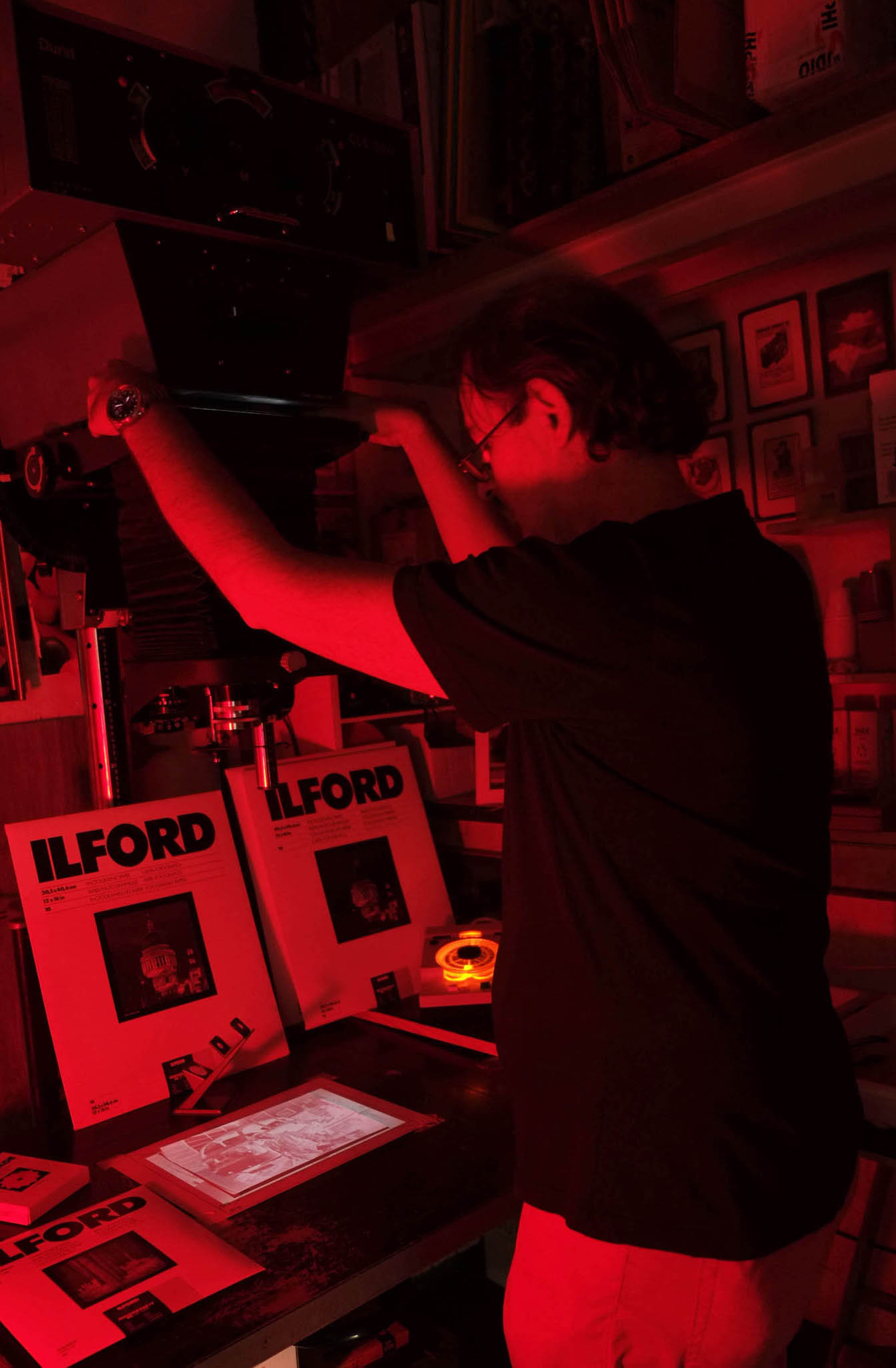
How did this idea born and how did you refine it?
I always have been involved in printing, from black and white to colors.
As digital technology arrived nothing changed about professional color printing: the only difference is the source which has changed from analog film to digital file but the printing process still stays the one involving a printer exposing the paper and a Ra4 chemical developer.
As for the chemical black and white printing things got more complicated: no new digital magnifiers have been produced to print digital files in the darkroom except for some cases (like De Vere 504s for a short time). There begun my research to get real photo prints in black and white from digital files in the darkroom.
Based on all my experiences and prior knowledge I worked on a project of my own personal digital magnifier that was designed to print digital files via direct projection on paper as done with normal films. There are other ways to obtain black and white prints from a digital file such as to create an internegative with a printer to be printed subsequently by contact in the desired size, or create a true negative from a reproduction of a inkjet printing, or through the use of a film recorder comminicating with a PC. What I’ve worked on is to bypass these systems that require intermediate steps to print directly without anything in the middle and with the same technique that is used to print from a negative with “masking” and ” burns ” during exposure to finish with the treatment of development and fixing in the basin. It is in practice of an intervention of digital artisanship in which the artisan component is still prevalent on the digital one.
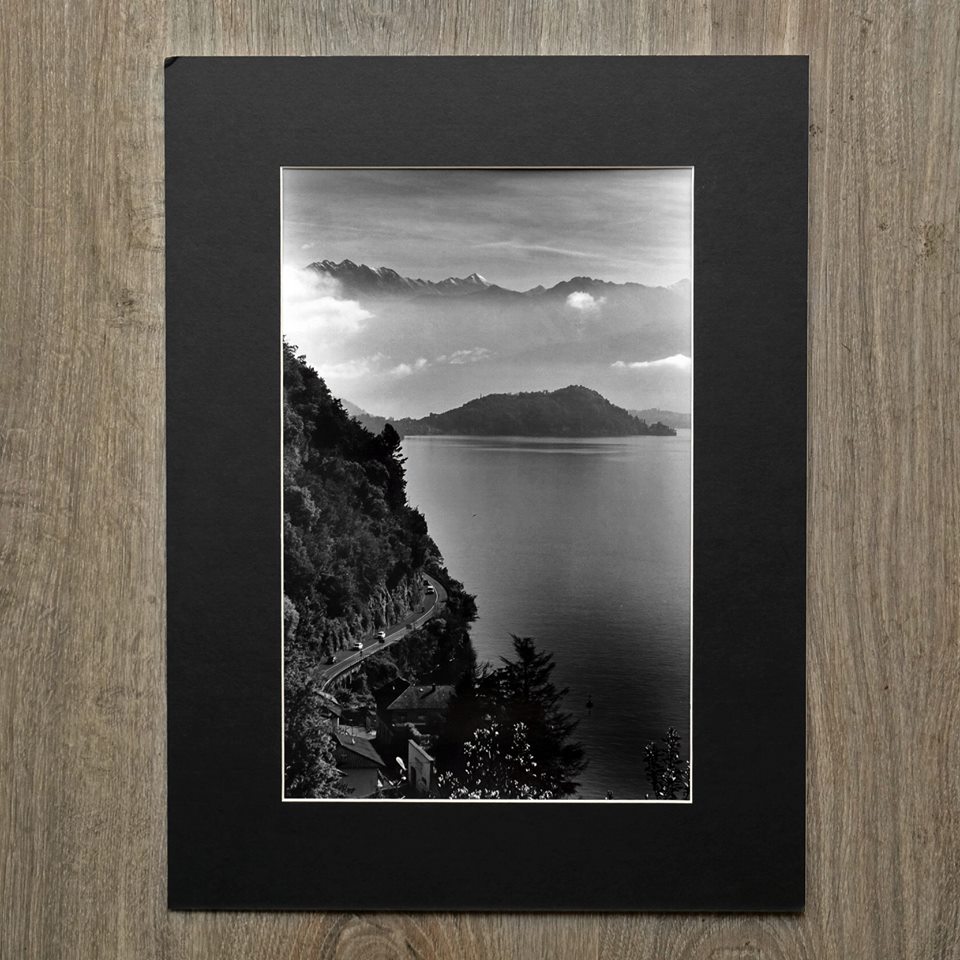
What is the main difference between yours and lambda printing, another hybrid printing?
Lambda technology does not involve any lens projection: it is still a light exposed and chemically developed paper but exposition actually does not happen by using a magnifier, instead it happens using a totally digital technology device: this way the image is “printed” on paper using a laser in three RGB steps. It is therefore not a print in which you can intervene in various areas in the traditional way for exhibiting areas than need different exposures . Also in the majority of the few laboratories that possess lambda technology use the process of printing on colored paper so they do not produce prints on true black and white paper . The lambda is the best way to obtain color photographic prints . Instead it takes a true digital magnifier for black and white printings.
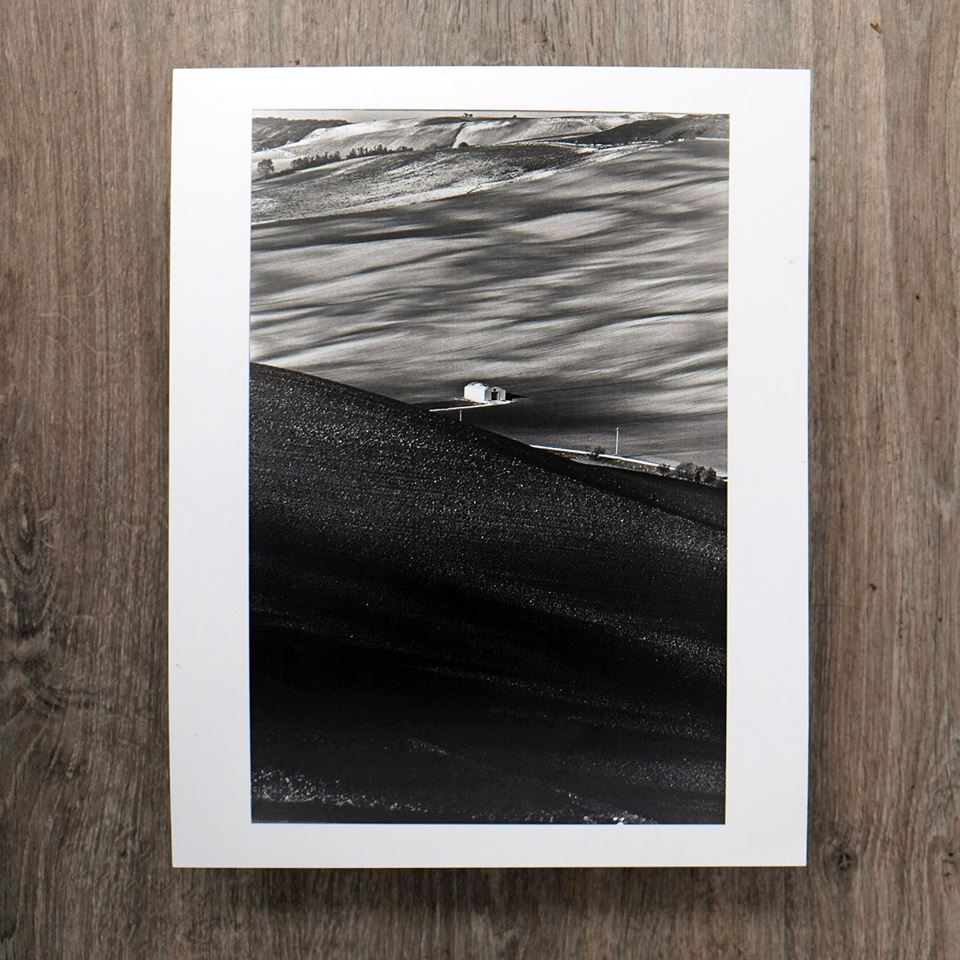
What kind of paper do you use?
Using my Digingranditore in the darkroom it is possible to use once again all the papers we used: from common 190gr/m2 Rc (that is a syntetic “resin coated” paper) to 255gr/m2 ending with fine FB baryta papers (fiber based papers) and even Warmtone and Cooltone. I use Ilford products: my laboratory is accounted to them and it can be found on the site www.ilford-foto.it
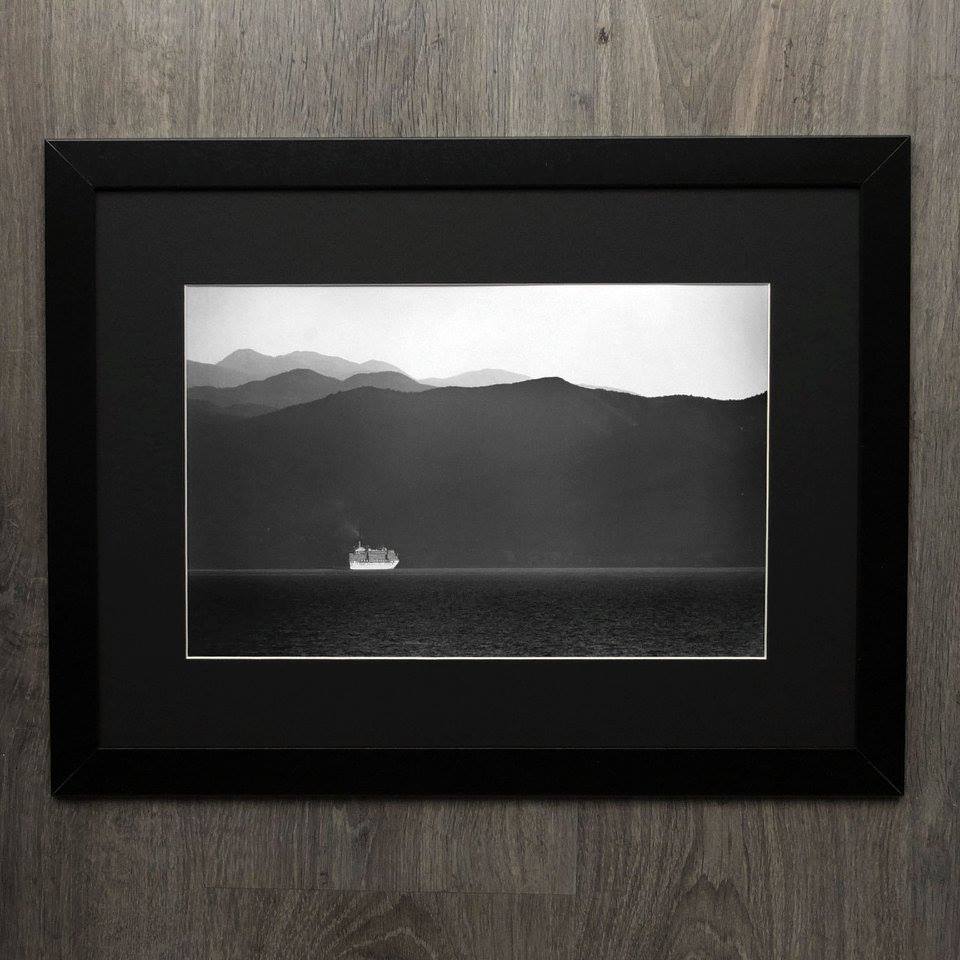
If you want to say it, how much is your service?
My b/w darkroom printing prices are not so different from high quality paper (like Hahnemühle) inkjet prints . As the size is the same, prices can vary within a few euros depending on the kind of paper required. For example a 20×30 print will cost from 15,00€ to 18,00€ while 30×40 from 25,00€ to 30,00€. I often use to make some quantity discount.
Who is your printing service for?
My customers are different, from the amateur to the professional photographer, even historical archives. Thanks to the Web I can serve anyone in Italy and abroad: I get the files to be printed via mail through a file sharing service, then I send the printings everywhere around the world.
This article was originally published by IMAGE IN PROGRESS
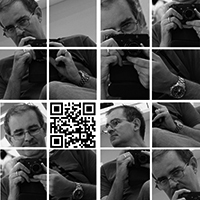
Giulio Limongelli can be qualified as a ‘Master of the Workshop’ , to underline his background as a 360 degrees Artisan as a photographer as well as printer. Born in 1963 and graduating in 1985 at the Liceo Scientifico he has been a professional photographer since that very same day. He is very active in both shooting and printing and color as well as black and white. He also teaches photography in local accredited schools. After moving to Bologna in 1996, where he still lives and runs a successful shop, he works as a freelancer as well as a creative mind. Giulio showcased his work in individual as well as collective exhibits in London, Roma, Milano, Firenze, Bologna and Padova.

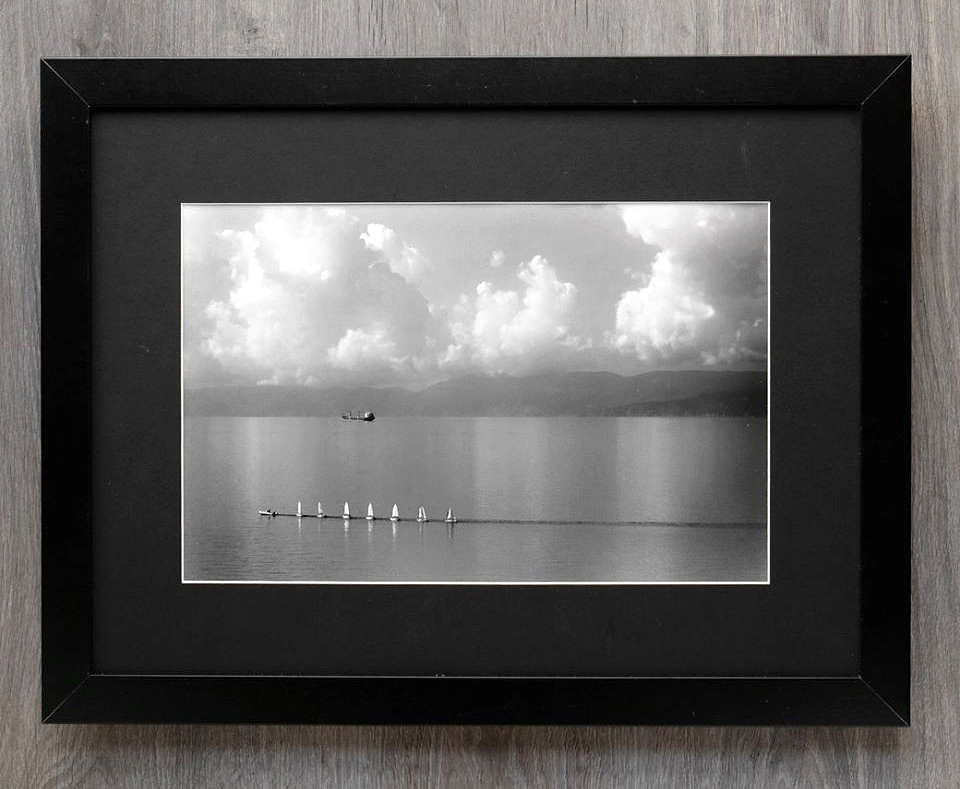





David Thompson
June 8, 2017 @ 7:02 pm
I really enjoyed reading that Giulio; a totally unique and nostalgic approach. There is just something about the wet printing process that is indeed very magical and I do miss it. Many thanks for sharing this excellent article.